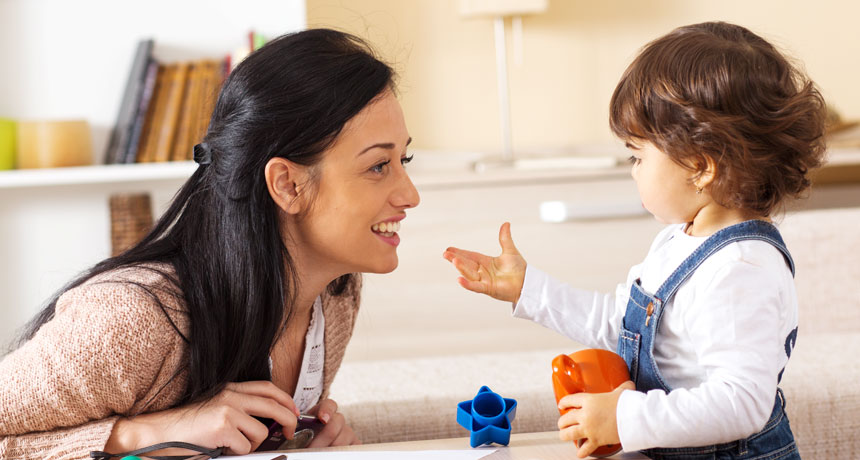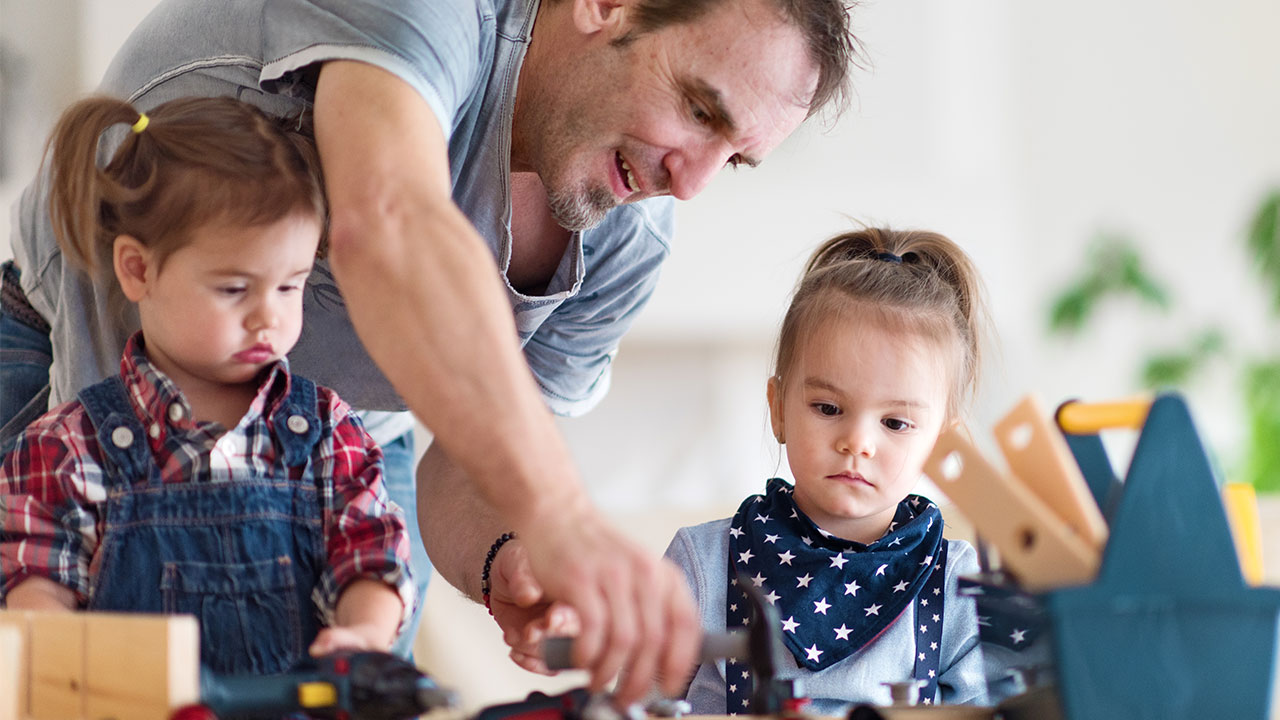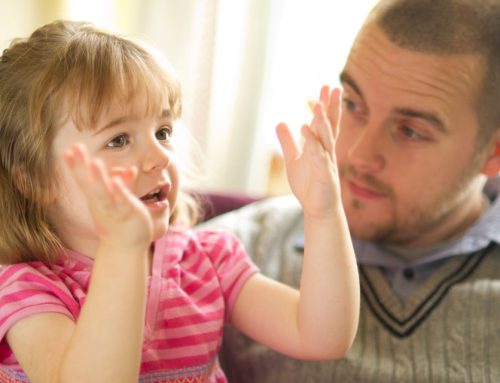I have recently been reflecting upon how our daily habits all contribute to our long term health and wellbeing after reading the bestselling book ‘Atomic Habits’ by James Clear. For those of you who attended our face to face Learn2Communicate events throughout the Central West of NSW earlier in 2022, you would already know this. I haven’t stopped thinking about the idea of applying this concept to my work as a Speech Pathologist. How can we make small and easy changes to our daily routines and interactions with children in a way that will have a powerful impact?
We know that children respond well to frequent, positive interactions with a loving caregiver and that child acquisition of oral language skills can be boosted in the early years via such interactions. As a Speech Pathologist and also as a Parent, I also know that providing families of children who have speech, language and communication challenges with comprehensive, detailed ‘home programmes’ in order to provide this boost to oral language can be ineffective. Add to this the request by the Speech Pathologist to “complete this home programme with your child at least 3-4 times per week and try to spend 15-30 minutes during each practice time” and we see many parents opting to run for the hills!
What if we could, instead, infuse some new powerful habits into everyday routines and that these habits were easy yet effective in helping all children become effective communicators?
How can we make Talking Time with Children a new Atomic Habit that each and every one of us can adopt?
Here are some ideas I would encourage all of you to consider!
Start by identifying what the exisiting routines are during your day that involve you and your child.
Write these down. A routine doesn’t have to have many steps; it is simply just something that happens on several days each week with some degree of predictability. Some examples I can think of with a toddler in mind might be: getting into the car seat, packing a bag for daycare, bath time, story time at night, getting dressed, breakfast, snack, lunch and dinner time, parent returning home from work time, bed time. Perhaps keep a blank piece of paper on the fridge for a week and note every small little routine that you can think of as it occurs.

Now…choose one of those routines and write down the ‘script’ for what happens. Here is an example for a fictional child. Let’s call him Dylan:
Snack Time after Preschool
Mum opens front door.
Mum and Dylan walk inside.
Mum takes Dylan’s backpack and unpacks drink bottle, lunch box and hat.
Mum puts each of these items away.
Mum takes Dylan’s shoes off.
Mum opens fridge and makes Dylan a snack of carrot sticks and hummus.
Mum lifts Dylan to sit at kitchen bench and places snack in front of him.
Mum says “time for afternoon tea”
Dylan eats snack whilst mum pour him a glass of water.
Mum gives Dylan a cup of water
Mum says “did you have a nice day at preschool?”
Dylan nods and keeps eating his snacks.
Once you have honestly fleshed out the script of one of your routines, take a really objective look at it and ask yourself this question;
“Where and How could I add a simple opportunity for my child to engage in some back and forth interaction in this routine?”
You might be surprised and perhaps a little confronted by how few opportunities we provide our children with for interaction and connection with us during our everyday routines. This is not an invitation to beat yourself up about this. Our habits become largely unselfconscious and are a product of our busy lives. When thinking about where and how you can add an opportunity to communicate to your routine, keep it simple. We know that new habits are more likely to stick if they are simple and easy to do with minimal effort. It might be that you add an opportunity for your child to follow a request, to respond to an open ended question, to make a comment, to take a turn or participate in a required action within a routine or to make a choice. Add at least one opportunity for communication with your child to your scripted routine. Write it as though you and your child are already doing this as this will help you to visualise your new, slightly modified routine.
Here are some examples of small additions that can be added to steps in existing everyday routines;
Bobby lies down in bed –> NEW HABIT –>I tuck him in and pick up the storybook from his bedside table.
Jess sits down on the lounge after her day at school –> NEW HABIT –> I sit down next to her without my phone and observe, wait and listen for up to 5 minutes for her to offer me something about her day.
Richard walks in the front door after his day at school –> NEW HABIT –> I use declarative language (as opposed to asking questions) to make one comment e.g. “You are looking a big hot and sweaty..I wonder whether it was warm on the bus this afternoon? OR “I am hoping that today was a good day for you”.
And finally…Why bother to make Talking Time an Atomic Habit with your Child?
Put quite simply, communication is the key to all human interaction.
The ability to communicate builds relationships, friendships, is crucial to your overall quality of life, fosters connection, participation and inclusion in society. Surely there can be no more powerful an idea than to add some small, simple habits to your everyday routines involving nurturing your child’s communication development.





